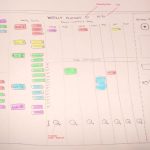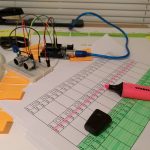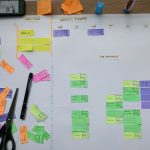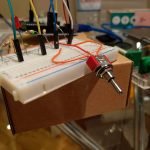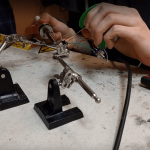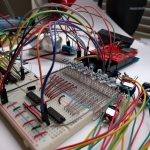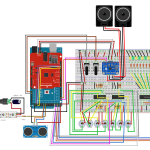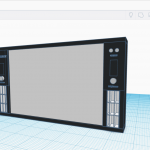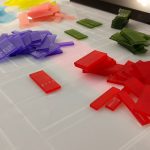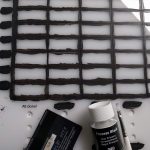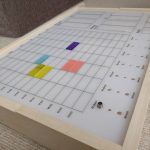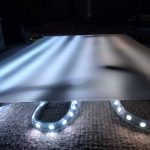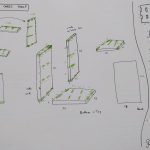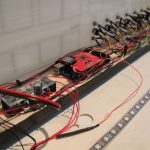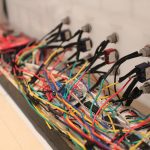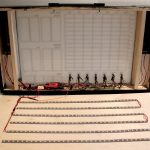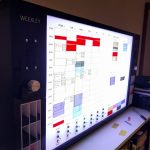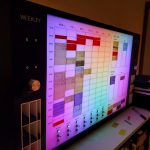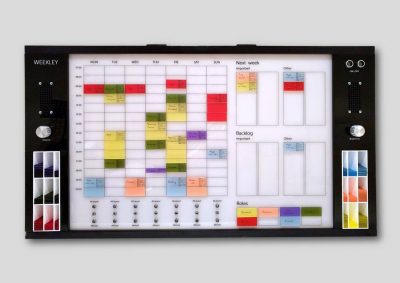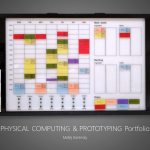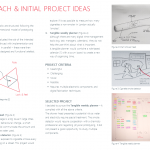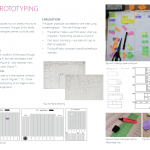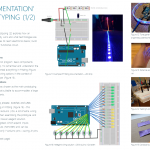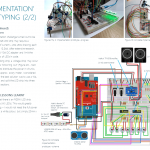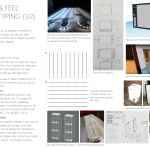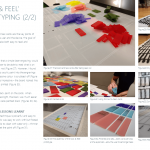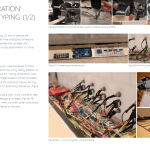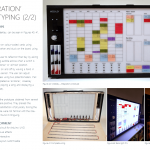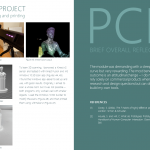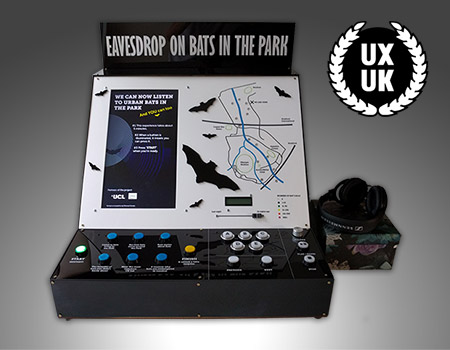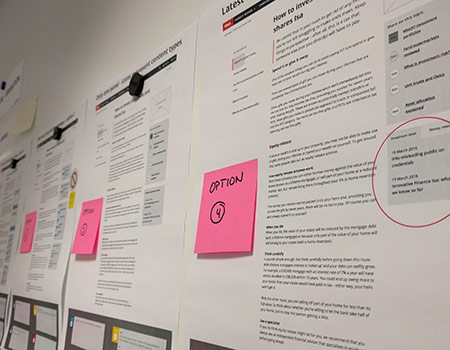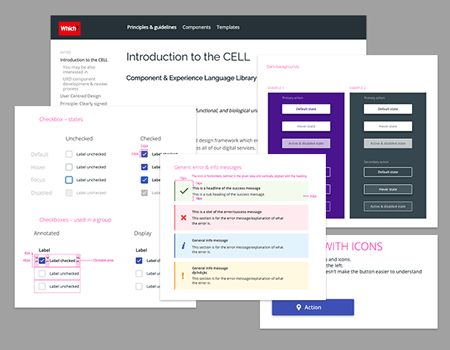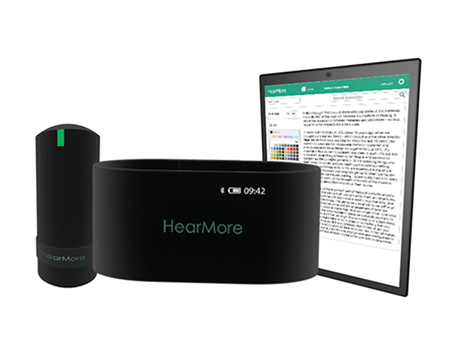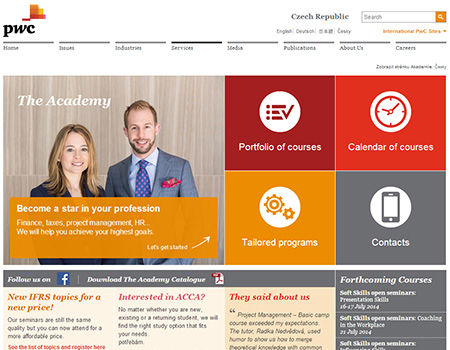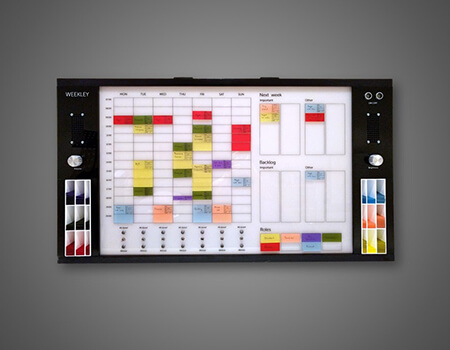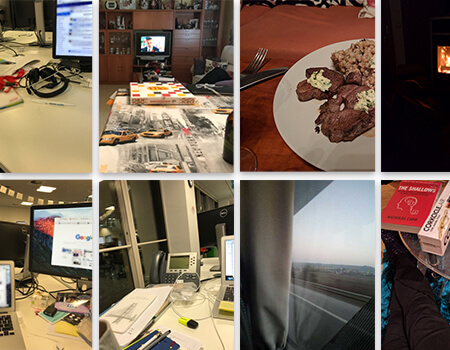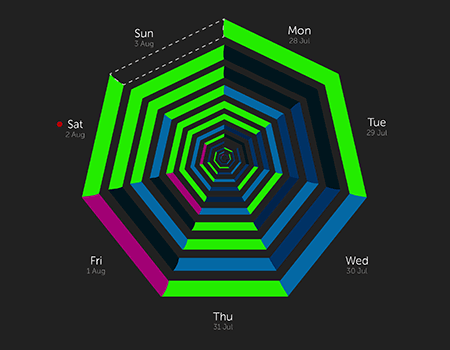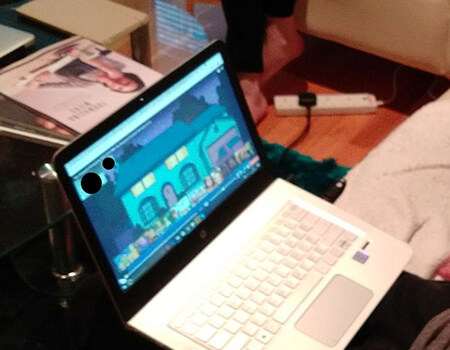Weekley
A novel physical & interactive weekly planner
Basic project info
| My role | Product Designer |
|---|---|
| Platform | Arduino, Interactive physical device |
| Industry | Personal development, Time management |
| Period | Feb 2017 – Mar 2017 |
| Contract | Academic assignment |
Background

This project took place over a period of two months as part of the Physical Computing & Prototyping module that I completed as part of the Human-Computer Interaction (HCI) Master’s program at University College London.
UCL Interaction Centre that delivers the HCI program is a world leading Centre of Excellence in Human-Computer Interaction.
The Challenge
A term-long project was designed to test our knowledge and skills. Its main criteria were to:
- design a novel interactive physical user interface prototype using methods of physical computing and digital fabrication
- address a concrete problem
- apply knowledge of the techniques for building interactive prototypes with sensors and actuators, programming micro controllers, and digital fabrication
My Role
This was an individual project – I designed, programmed and developed the whole device.
Target Audience
That does not mean, however, that I would not test it and evaluate it – I describe the process below.
Process, methods & tools
Process & Methods
I wanted to learn as much as possible, so I set myself a goal to design a device that would use a lot of different components and would challenge me to go beyond my comfort zone.
I followed Houde and Hills’ 3-dimensional model of prototyping. I first explored and evaluated the role of the device and then continued with implementation and look & feel prototypes in parallel – these were then integrated into a fully designed and functional device.
'Role' Prototyping
Role prototyping explores how an artefact fits into its user’s life and the environment. The goal of this phase was to evaluate how a tangible planner could be used on a daily basis.
I went through several rounds of paper-prototyping and used Adobe Illustrator to explore layout options.
I used the autoethnography method for a week to validate the layout and to understand how I would use the device on a daily basis.
'Implementation' Prototyping
Implementation prototyping explores how an artefact could actually work and what technologies are needed. The goal was to: learn electronics basics; build and program a fully functional circuit.
I first read a few books about electronics and Arduino and then learnt to connect and program basic electronic components. Then I moved to more advanced circuits and finally to designing and developing a circuit for Weekley.
'Look & Feel' Prototyping
Look & feel prototyping explores an artefact on a sensory level – how it looks, sounds and feels. The planner should invite its user to interact by being playful and aesthetically pleasing.
I created an inspiration library of products to help me direct the look of Weekley. I sketched, considered various materials that I could use and tested some of them, and then I made the outer box of the device.
'Integration' Prototyping
Integration prototyping aims to balance the questions of all three prototyping dimensions above. This prototype represented the complete user experience and was a close approximation to a final product design.
In this phase, I assembled and wired everything together.
Tools I used
Design
- Pencil and paper
- Adobe Illustrator
- Tinkercad (3D modelling)
Development
- Arduino + sensors & actuators
- Laser cutting
- 3D printing
- Workshop activities – soldering, sawing, sanding, painting
Solution
Weekley is a fully functional prototype that I now use on a daily basis.
How it works
Tasks can be written on colour-coded cards using a non-permanent marker and stuck on the board using re-stickable tabs. Weekley invites the user to reflect on their day by asking questions and giving audible advice when a switch is ticked to either ‘All done!” or ‘Almost’ position. The device is turned on and off by waving a hand in front of the distance sensor.
The user can adjust volume and brightness using two potentiometers. If all seven days are completed as ‘All done!’, Weekley rewards the user by playing a song and displaying a visual show.
Project video
Feedback & Lessons learnt
I made a resolution at the beginning of the project to challenge myself and to learn as much as possible in the given time frame. I spent a lot of long nights on the project and I think it was worth it. I had almost no experience with electronics and Arduino prior to this assignment and I now feel much more confident – knowing that I can pick up this knowledge relatively fast and put it in practice.
The most beneficial outcome of this project for me is an attitudinal change – I don't have to rely solely on commercial products when answering research and design questions but can design and build my own tools.
